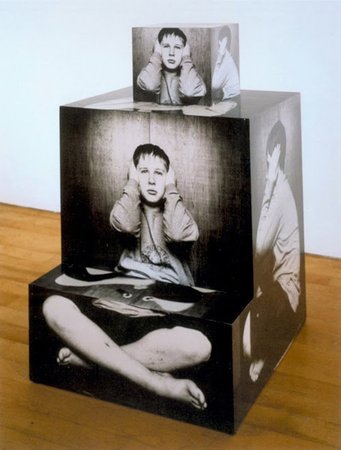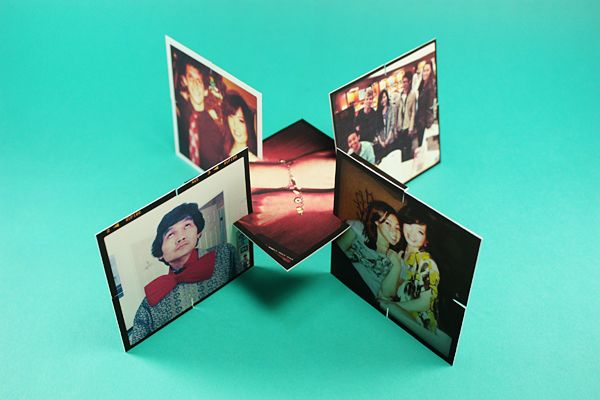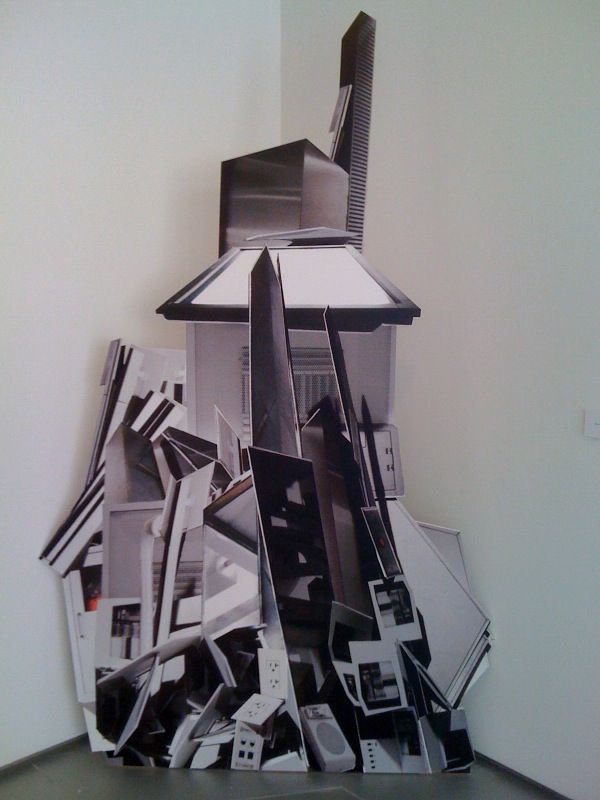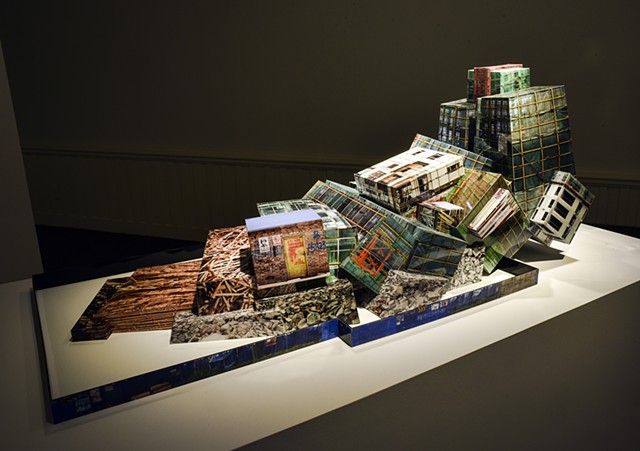What is a photo-sculpture?
A photo-sculpture is the reproduction of 3D humans, animals and things the process o taking a series of images and using the to create a sculpture. There’s multiple ways, simple and complex, in which a person can create a photo sculpture. One simple way would be printing an image and scrunching it up, that was the image becomes 3D making it a sculpture.
History:
The 3D sculpture photographique (photographing sculpture) process was invented and patented by French artist (painter, sculptor and photographer) François Willème in 1860 using synchronized photo projections.
He took a series of photographs from around a subject and used them to carve a likeness of the figure. To create a photo sculpture Willème would arrange the subject on a circular platform in his rotunda laboratory, surrounded by 24 cameras (one every 15 degrees). He would then photograph his silhouette simultaneously with each camera. This set of photographic profiles contained the data for a complete representation of his subject in 3 dimensions.
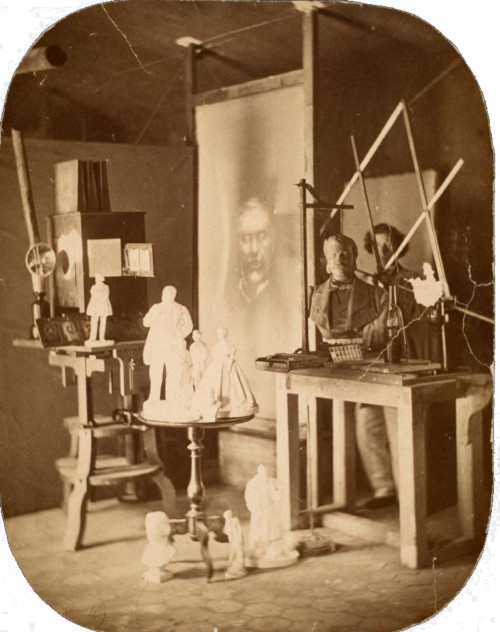
François Willème’s Studio 
François Willème, The Sculptor’s Brother, mechanically produced relief portrait, about 1859-1861. George Eastman House, Rochester. The relief is made from about 150 brass sheets secured with bolts 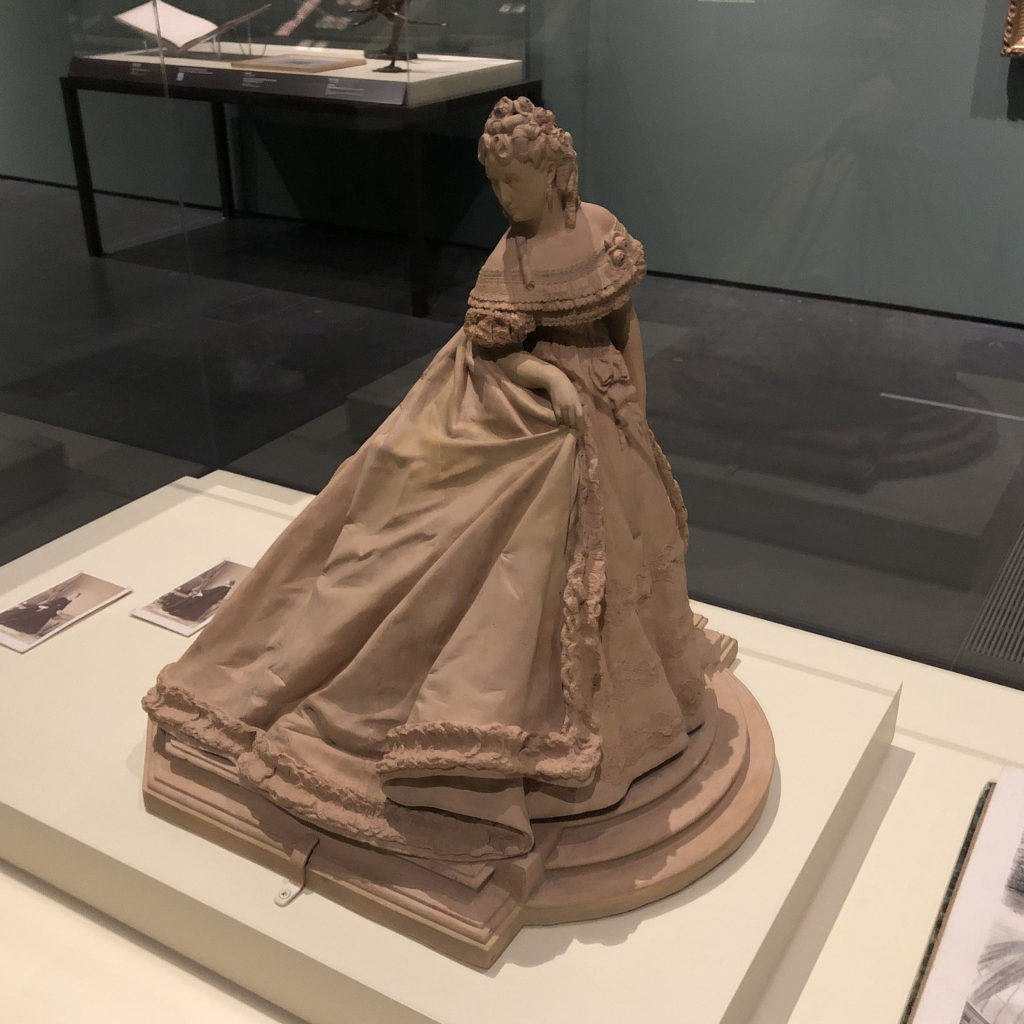
Auguste François Willème, Portrait of Celeste-Rose Beauregard, 1865
To create a 3D image of the subject he needed to make the information in each layer accessible by projecting each image onto a screen. Next, he translated each image into the movements required to fabricate each layer. This he accomplished using a pantograph (seen at the right side of the upper image) attached to a cutter. Willème traced each profile with one end of the pantograph while the other end cut a sheet of wood with the exact same movement. The pantograph allowed the cuts to be smaller, larger, or the same size as the original projection. The layers of wood were then assembled to create the photosculpture rough armature which he would fill in with clay (or other suitable material) and then perhaps cast or paint it, to make it look like a traditional sculpture.

